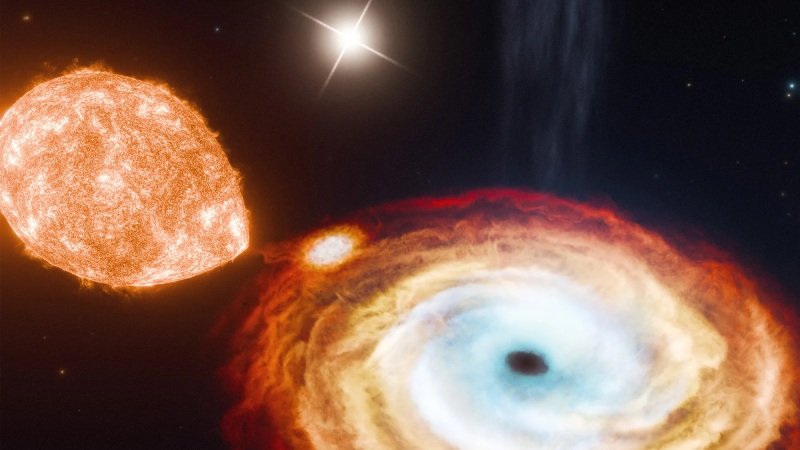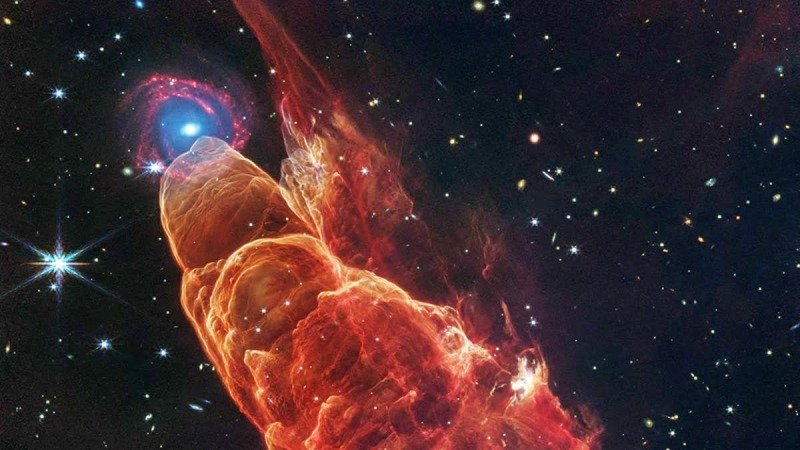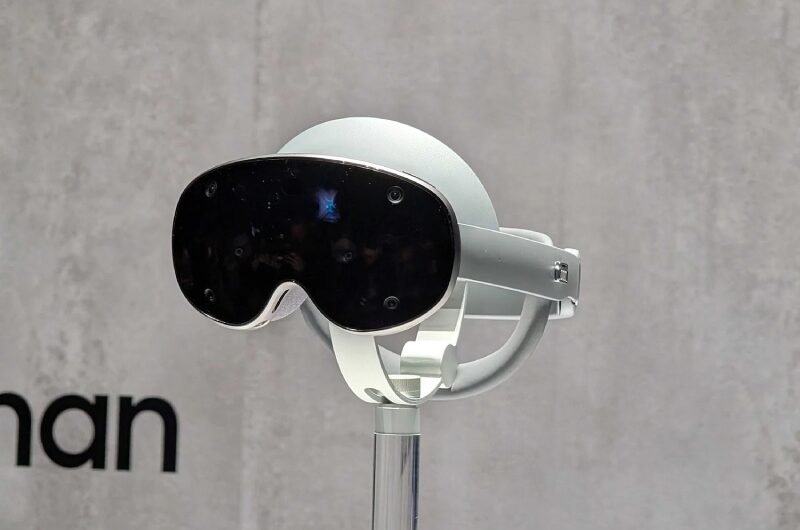Providing everything goes as planned, the first astronauts to step foot on the moon in over fifty years will establish a lunar mini-greenhouse.
On the Artemis 3 mission in 2026, NASA has chosen the first three research experiments that people will carry out on the moon. One of these is LEAF (“Lunar Effects on Agricultural Flora”), which aims to investigate the performance of space crops in the unusual lunar environment.
NASA officials announced the three projects’ selection in a statement on Tuesday, March 26. “LEAF will be the first experiment to observe plant photosynthesis, growth, and systemic stress responses in space-radiation and partial gravity,” the statement read.
“Plant growth and development data, along with environmental parameters measured by LEAF, will help scientists understand the use of plants grown on the moon for both human nutrition and life support on the moon and beyond,” they stated.
The cotton plants China dispatched to the lunar far side on its robotic Chang’e 4 mission in January 2019 will not be the first plants to grow on the moon; the LEAF subjects are not the first.
The Lunar Dielectric Analyzer (LDA) and the Lunar Environment Monitoring Station (LEMS) are the other two recently chosen investigations.
For a maximum of two years following deployment, the LEMS system of autonomous seismometers will search for moonquakes. NASA officials stated in a statement on Tuesday that it “will characterize the regional structure of the moon’s crust and mantle, which will add valuable information to lunar formation and evolution models.”
Meanwhile, lunar regolith—the uppermost layer of dust and gravel on the moon—will be measured by LDA for its capacity to conduct electrical currents. The device “will gather essential information about the structure of the moon’s subsurface, monitor dielectric changes caused by the changing angle of the sun as the moon rotates and look for possible frost formation or ice deposits,” according to agency officials.
The location of the instruments is close to the moon’s south pole, an area that is believed to be abundant in water ice and capable of supporting one or more crewed outposts. NASA has not yet revealed the precise location of the Artemis 3 mission, which will employ SpaceX’s Starship spacecraft to transport humans from lunar orbit to the surface and back. (The agency’s Orion capsule and Space Launch System rocket will carry them into lunar orbit.)
Furthermore, there is no assurance that Artemis 3 will carry LEAF, LEMS, or LDA. As stated in Tuesday’s update, NASA officials stated that although “final manifesting decisions about the mission will be determined at a later date,” that is the current plan.
Although NASA has stated that the mission will land a woman and a person of color on the moon for the first time ever, the Artemis 3 crew has not yet been revealed.
Since Apollo 17 in December 1972, Artemis 3 will be the first crewed mission to the lunar surface. If all goes as planned, Artemis 2, the forerunner to Artemis 3, would return four men to Earth after circling the moon in late 2025.
Launched in November 2022, Artemis 1 was a successful unmanned mission that lasted one month and traveled to and from lunar orbit.
Topics #Artemis 3 mission #NASA #Plant Vegetation on the Moon











